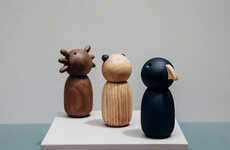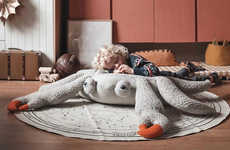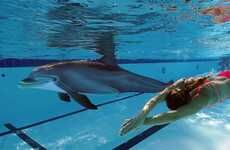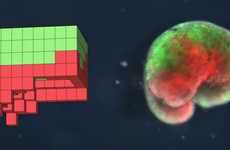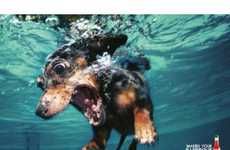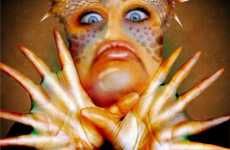
10 Bizarre Animal Species
References: bakkouz.net
These animals are so extreme, you would think that they are Photoshopped fakes. Actually, one of them is a fake, but the rest are real.
Some of the animals look like they do because they had to physically adapt to their surroundings in order to survive. That said, doesn’t the baby platypus looks like an alien?
The North American Star-Nosed Mole, for example, is blind and has 22 worm-like and independently movable tentacles growing out of its nose. It’s thought that they can smell underwater using these tentacles.
The other animals featured include an Axolotl, Dumbo Octopus, Nar Whale, Blobfish, Yetti Crab and Long-eared Jerboa.
Some of the animals look like they do because they had to physically adapt to their surroundings in order to survive. That said, doesn’t the baby platypus looks like an alien?
The North American Star-Nosed Mole, for example, is blind and has 22 worm-like and independently movable tentacles growing out of its nose. It’s thought that they can smell underwater using these tentacles.
The other animals featured include an Axolotl, Dumbo Octopus, Nar Whale, Blobfish, Yetti Crab and Long-eared Jerboa.
Trend Themes
1. Extreme Animal Adaptations - Identify opportunities for biomimetic innovation by studying extreme physical adaptations of animals in various environments.
2. Unusual Animal Features - Explore the potential for unique design and manufacturing applications by examining the bizarre characteristics of certain animal species.
3. Natural Survival Strategies - Discover innovative solutions for overcoming environmental challenges by studying the survival tactics employed by extraordinary animal species.
Industry Implications
1. Biotechnology - Leverage knowledge of extreme animal adaptations to develop groundbreaking advancements in fields such as pharmaceuticals, genetic engineering, and bio-inspired materials.
2. Agriculture - Apply insights from unusual animal features to enhance crop production, pest control, and animal husbandry practices through unconventional approaches.
3. Product Design - Integrate natural survival strategies into the development of consumer products, creating functional and visually distinct offerings inspired by extraordinary animal characteristics.
6
Score
Popularity
Activity
Freshness


